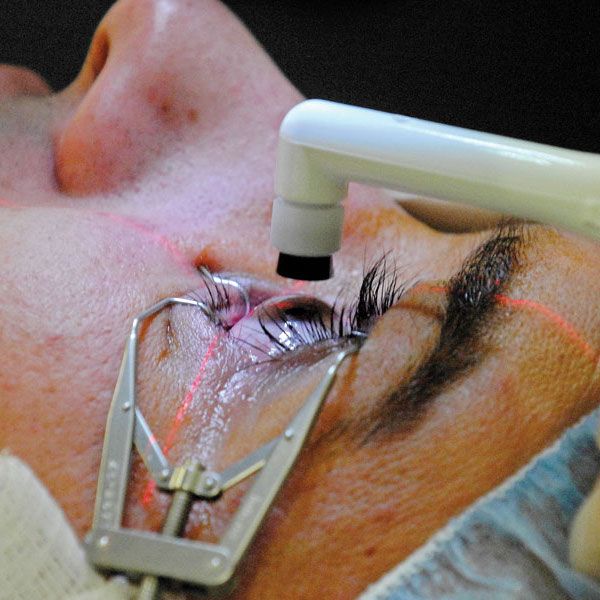Article
Safety, Tolerability Increases Post-Bevacizumab Injection in Intraocular Pressure
Author(s):
New research has shown that increased IOP is tolerable to corneal endothelium, and safe for most patients’ eyes despite immediate increases post-injection.

Results of a recent study indicate that intravitreal injection of bevacizumab generally causes an increase in intraocular pressure (IOP), which then decreases 30 minutes post-intravitreal injection. Researchers concluded this increase in pressure is tolerable to the corneal endothelium and safe for most patients’ eyes.
Author Myungwon Lee, MD, of the Department of Ophthalmology, College of Medicine, Dankook University, Cheonan-si, Republic of Korea, told MD Magazine, “I think an acute increase of IOP happened by the acute increase of vitreous volume in limited eyeball space.”
The research team looked at 42 patients who received an intravitreal injection of 2.5 mg/0.1 mL bevacizumab to treat central serous chorioretinopathy or diabetic macular edema. Changes in IOP, corneal endothelial cells and corneal thickness were examined prospectively with a specular microscope at baseline, 2 minutes, 5 minutes, and 30 minutes post-injection.
The patient population included 18 males and 24 females with a mean age of 57.81 years (± 14.11). There were 13 eyes with diabetes mellitus (31%), and 5 eyes with a history of cataract surgery (11%). Eleven patients had at least an eye with branch retinal vein occlusion. Ten eyes had age-related macular degeneration (AMD), 7 had proliferative diabetic retinopathy, 6 had central retinal vein occlusion, 5 had central serous chorioretinopathy, and 3 had with diabetic macular edema (DME). All 42 eyes were receiving an injection for the first time.
According to the published results, at baseline, the mean IOP for patients was 11.48 ± 2.22 mmHg. At 2 minutes, the mean IOP increased to 49.71 ± 10.73 mmHg, the at 5 minutes decreased slightly to 37.64 ± 11.68 mmHg. By the 30-minute mark, mean IOP had returned to 14.88 ± 4.77 mmHg, essentially normal, in all patients. Changes were considered statistically significant (P < 0.01).
In only 1 eye studied, IOP did not decrease to ≤30 mmHg even at 30 min after injection.
“According to changes in IOP with time, the coefficient of variation of the corneal endothelium significantly increased (P = 0.03), but cell density, hexagonality of the corneal endothelium, and central corneal thickness did not change (p = 0.79, 0.21, and 0.08, prospectively),” Lee and colleagues wrote. A week after the injection, there was no sign of inflammation or any other complications in all eyes studied.
Prior to the study, patients were given a complete eye exam, including visual acuity tests, slit-lamp, and fundus exams, as well as optical coherence tomography pre- and post-injection. They also received topical antibiotics between measurements and applied a patch with ofloxacin ointment after the last follow-up.
The authors said their study was the first to observe this change in corneal endothelial cells following the post- bevacizumab injection IOP increase. During the IOP increase and subsequent decrease, they wrote, “endothelial cells may receive momentary compression and stretch pressure, but it is tolerable and has no harmful effects on the corneal endothelium.”
“Acute increase of IOP did not affect corneal endothelial cells, though CV (coefficient of variation) temporarily changed in high IOP,” Lee said. “I think the coefficient of variation of the cell area was affected by mechanical stretching by an acute increase of IOP.”
The study, “Short-term effects and safety of an acute increase of intraocular pressure after intravitreal bevacizumab injection on corneal endothelial cells,” was published in BMC Ophthalmology.
Related Coverage >>>
Spectral-Domain OCT May Predict DEX Implant Outcomes for DME
How Fluctuations in Sex Hormones Impact AMD
Patients with AMD Receiving Injections Impacted by Expectation, Psychosocial Issues




